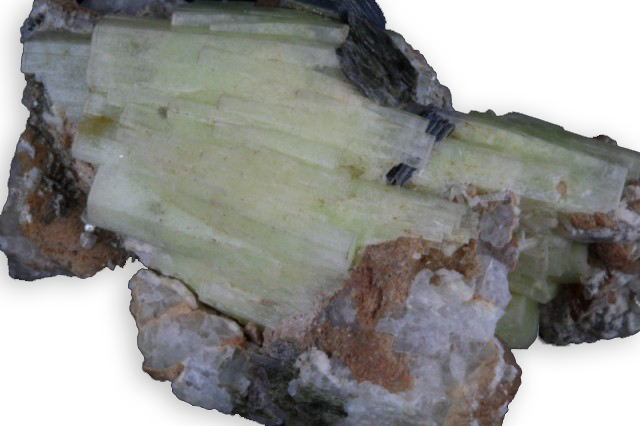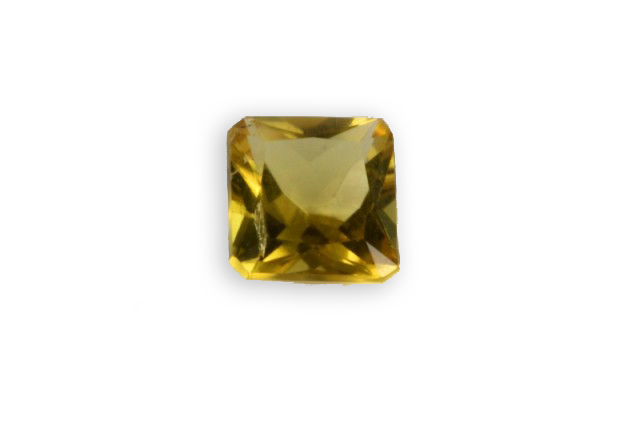
orthoclase
Described by Breithaupt in 1823, its name comes from the Greek Greek “orthos” meaning “straight fracture“, because it has the characteristic to cleave in two orthogonal planes. Named at the beginning orthoclase, orthose, its french name, was given lately by René Just Haüy. In its








